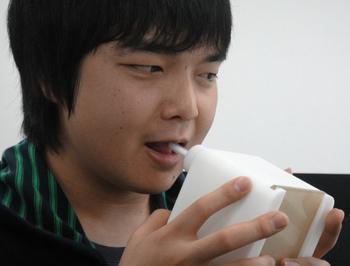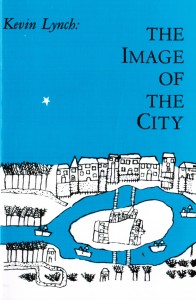Here, in this prelude panel discussion to the Internet as Playground and Factory conference, Tiziana Terranova presents a brief and excellent summery of how contemporary Marxist theory—particularly, Italian Marxist theories of socially-produced value—is useful in understanding the social and economic conditions of the Web. It’s a bit dense, but, in brief, she argues that much of the value produced in modern capitalist societies now comes from outside the workplace. Markets have learned to capture value from our everyday social activities. The ideology of neo-liberalism has moved society even further away from the traditional wage-for-labor relationships that used to characterize the workplace by convincing people to view their individual labor-power as a (sometimes risky) investment that may or may not result in satisfying returns.
Terranova was an early advocate of viewing cyberspace and the material world as co-determining (what we describe, on this blog, as “augmented reality”). Consider her (2000) statement:
I am concerned with how the “outernet” – the network of social, cultural, and economic relationships that criss-crosses and exceeds the Internet – surrounds and connects the latter to larger flows of labor, culture, and power. It is fundamental to move beyond the notion that cyberspace is about escaping reality in order to understand how the reality of the Internet is deeply connected to the development of late postindustrial societies as a whole.
The intrinsic materialism of Marxism proves quite productive in this case insofar as it draws Internet theorists toward viewing the material implications of digital politics. more...

 As the 2012 presidential race ever so slowly gains momentum it remains clear that social media will be influencing elections for a long time to come. In the long run, does the shift towards social media campaigning change who is perceived to be a legitimate candidate? If so, social media might change who wins elections and therefore changes how we are governed. Avoiding [for now] the issue of whether social media has inherent tendencies towards the left or right, what I want to ask is: opposed to old media, does new media benefit political underdogs and outsiders?
As the 2012 presidential race ever so slowly gains momentum it remains clear that social media will be influencing elections for a long time to come. In the long run, does the shift towards social media campaigning change who is perceived to be a legitimate candidate? If so, social media might change who wins elections and therefore changes how we are governed. Avoiding [for now] the issue of whether social media has inherent tendencies towards the left or right, what I want to ask is: opposed to old media, does new media benefit political underdogs and outsiders?






